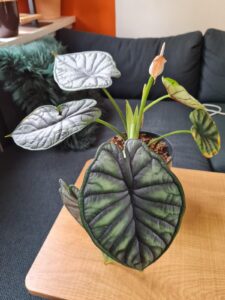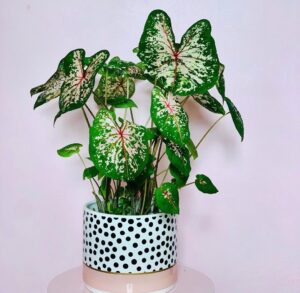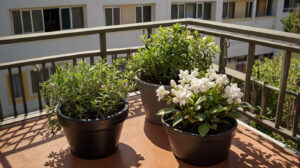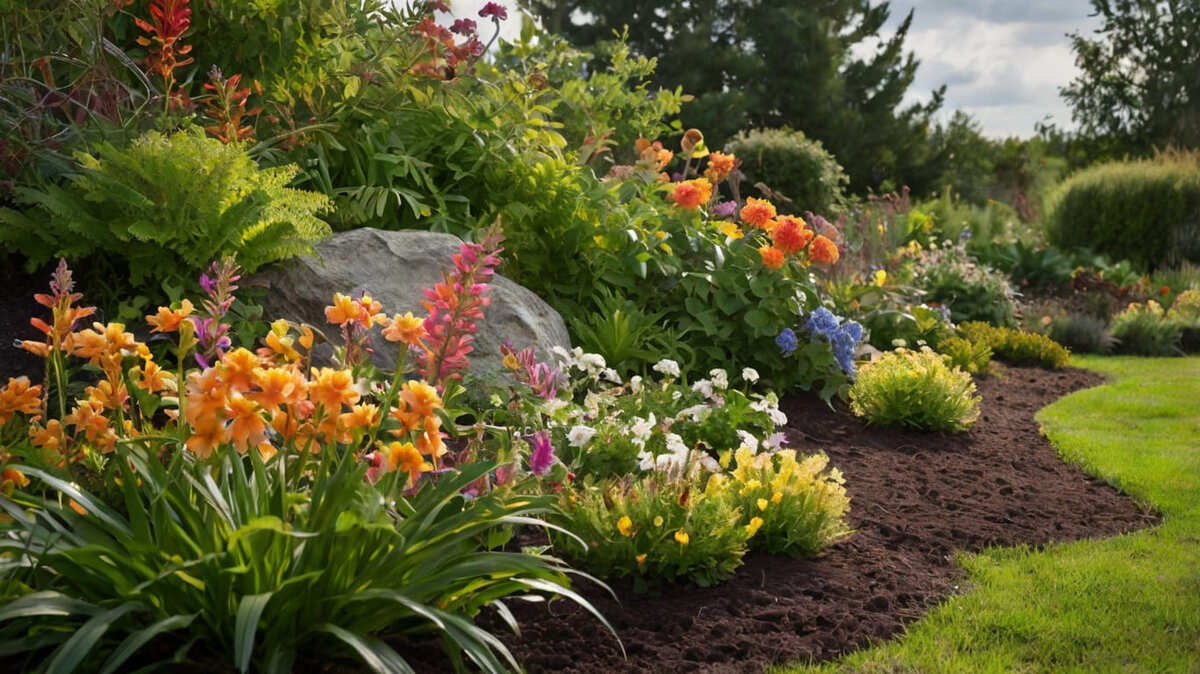
Any gaps or vacant spaces available in your compound can be used for a home garden. Due to the limited land available to UAP dwellers, it’s a necessity to maximize on the space available for each family. Farming can therefore be done in small areas e.g. balconies and backyards.
Food production can be done both on-season and off-season since garden sizes are mostly small and manageable. Water harvesting can be done in a tank (below or above ground) and the water used for irrigation of crops in dry seasons.
In this article
Soil fertility management
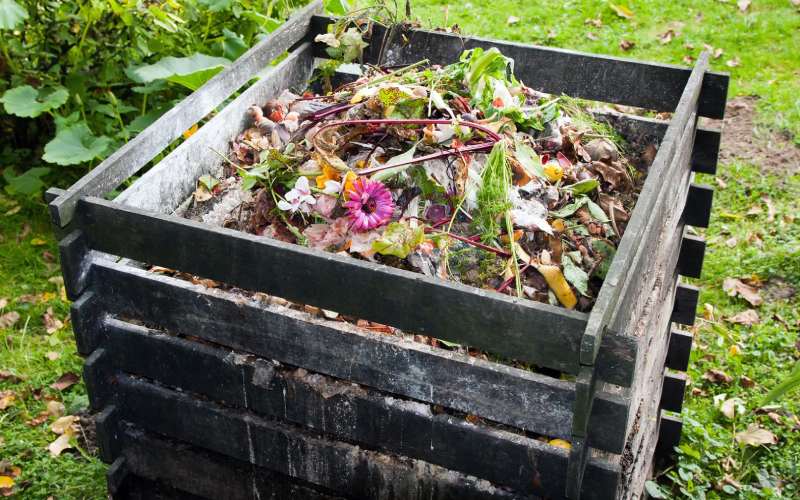
In order to maximize productivity, soil fertility should be maintained at all times. This can be done either by incorporating organic fertilizers e.g. chicken droppings, compost manure, farmyard manure or green manure in soil or by using recommended quantities of inorganic fertilizers.
Irrigation/ water supplementation
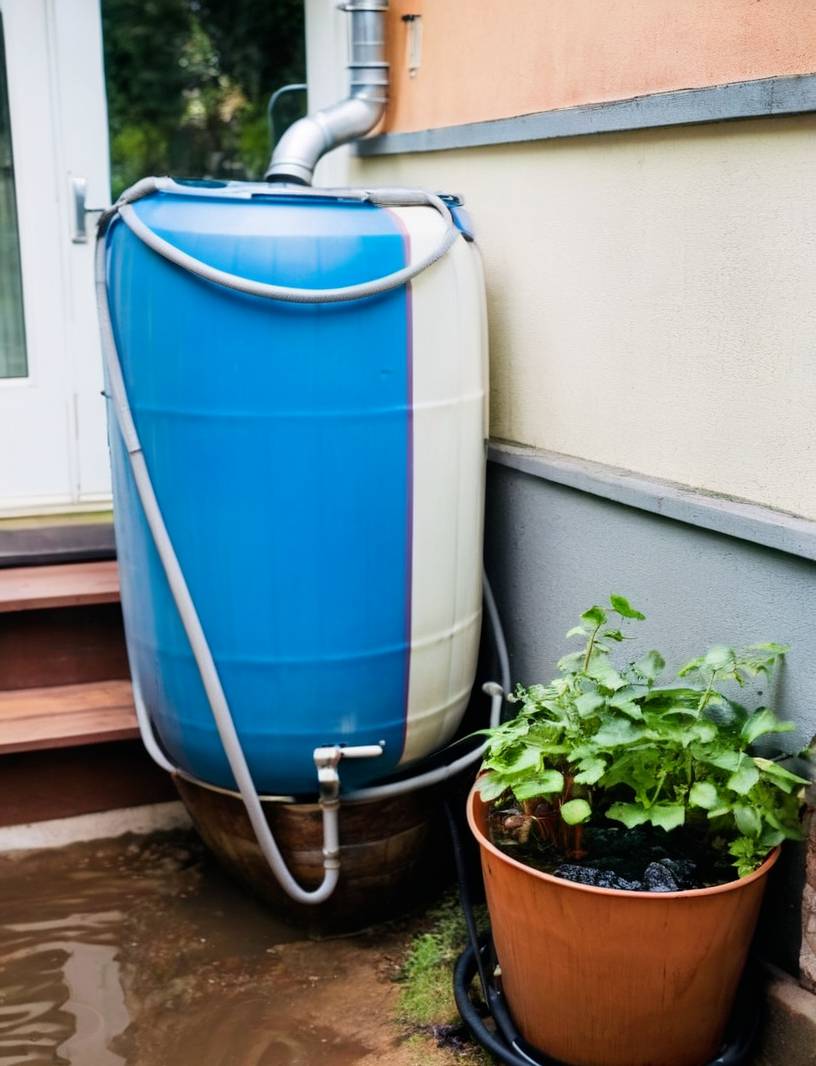
This is a major necessity if one is to produce crops all year round. Considering the unpredictable weather changes we are currently experiencing, farmers should ensure that they harvest water and use it for irrigation e.g. using watering cans or drip lines during dry spells for daily watering of crops. One should bear in mind that daily watering of crops especially in drought eventually makes the soil compact, hindering water infiltration. To reduce on this, one should either mulch or lay some stones (particularly when planting in buckets) on the top surface. This also reduces on soil erosion.
Soil erosion control
Soil erosion eventually affects crop outputs. Important minerals are lost together with top soil, leading to lower yields. Soil erosion should be controlled by mulching where possible or using ridges that allow excess runoff water to be drained.
Good drainage
A farmer should ensure good drainage when using small gardens e.g. sacks, buckets and food towers. Poor drainage will hinder proper crop growth. For instance, soils that are too clayey should be avoided or mixed with sand to improve drainage. Stones should also be placed in the center and/or at the bottom of food towers, sack and container gardens to facilitate drainage.
Container and box gardens
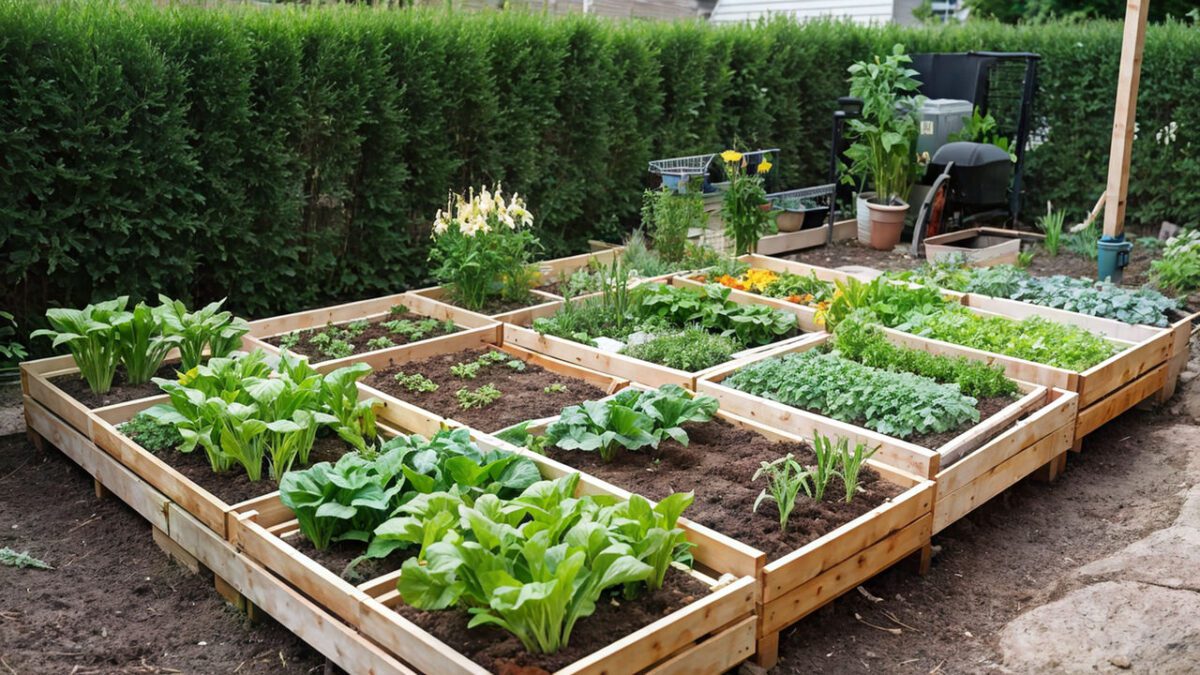
Various containers can support vegetable growth e.g. buckets, wooden boxes, pots, jerry cans, plastic bottles and woven baskets. They can be of different shapes and sizes depending on one’s preference and the space available.
Steps to follow when establishing a container garden
- Choose a sunlit area to place your container.s
- Place the containers on an even ground.
- Put a small layer of stones (about 3-5 inches) at its bottom. This is meant to improve drainage.
- On top of the stones, add good soil that has been mixed with manure up to its brim.
- Plant the desired seedlings in your container.
- Water the crops sufficiently well immediately after planting them.
- You may mulch the soil with grass to retain water in the container.
- Space your containers well for easy movement when watering your garden
For plastic containers, such as buckets or jerrycans, some holes can be punched at the bottom prior to planting to improve drainage and prevent water logging.
For wooden box gardens, bottomless boxes can be made using wood and nails. An inner lining of polythene should be put before adding soil to maintain moisture within the box while at the same time preventing the wood from easily getting rotten. The box can be a depth of about 3 feet or more.
RELATED: 21 Affordable and DIY-friendly Gardening Ideas
Ridges and flower beds
Home gardening can also be done on ridges and in flower beds. Ridges are raised beds that are made by heaping soil (1-2 ft) on the ground. Although making ridges is quite laborious, it has some advantages. For instance, there is better drainage because runoff water easily flows off between the ridges. Ridges also favor vegetable growth because the soil is usually more friable.
Green houses
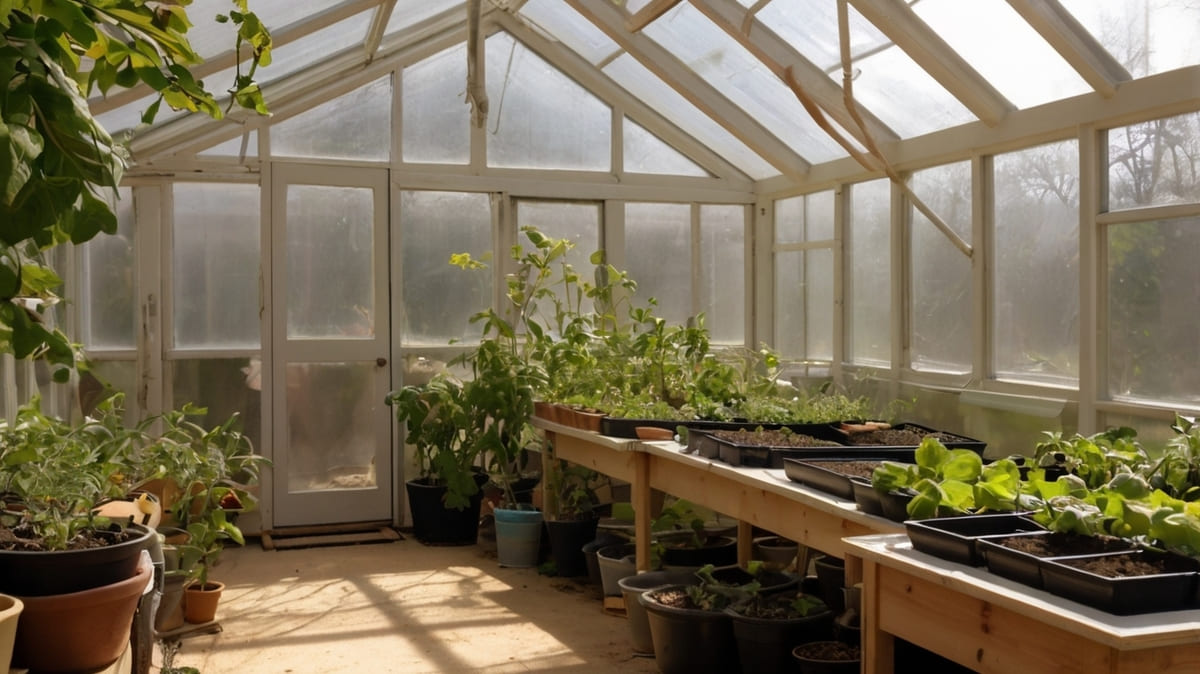
A green house is a transparent structure used for growing tender plants (e.g. vegetables) both in and out of season. When grown in a green house, plants are protected from harsh conditions for instance very high temperatures. Pests and diseases are also controlled. The amount of water received by plants within the green house is also usually controlled because the plants are watered.
Plant choice
Carefully decide which plants you want to grow. Not all vegetables can be grown this way, choose plants that don’t need a large radius to thrive e.g. onions, carrots. Avoid putting fairly large vegetables (e.g. egg plants) in very small containers (like bottles, small jerrycans) which might not be in position to support the root system.
- Carefully select your seedlings based on nutritional and economic value, resistance to pests and disease, how long they take to mature and whether they are suitable for local conditions. Fast maturing crops should be given priority.
- Start with crops that you are familiar with, and which do not require a lot of maintenance. As you gain experience, you can tackle high maintenance crops, such as tomatoes.
- Grow leafy vegetables that keep growing even after the leaves have been harvested. Examples include spinach, spring (leafy) onions, etc.
- Take advantage of the free resources around you, such as rainwater, discarded sacks and other materials that can be used for home gardening.
- Preferably choose a sunlit area to place your home garden. Make sure they have plenty of room between them to grow and be watered.
- Water frequently depending on the prevailing weather conditions and on the location of your garden. E.g. Plants grown on the balcony will require more watering than those placed in an open space. Potted gardens need more watering than regular gardens because of the confined space. Do not wait till the plant is wilting to water.
- Ensure that you perform all the other necessary GAPs required to support plant growth e.g. maintaining soil fertility by using manure.
RELATED: How to Make Compost Manure
Things to Avoid
This method is best in areas with higher rainfall. The pit method (where a pit of 1.2m wide and 0.6cm deep is used), is best used when there is low rainfall or during dry spells. Preferably choose a sheltered site for the compost pile.
To achieve the best out of home gardening, it should be done in a controlled and disciplined manner. Farmers should guard against the following:
- Using contaminated water sources: Use of contaminated (e.g. dirty and filthy) water to irrigate crops can lead to health hazards such as typhoid epidemics.
- Unnecessary cutting of trees to acquire space for production: Farmers should always remember that trees are very important in the ecosystem and therefore shouldn’t always be destroyed to create space for crop production.
- Visual untidiness: A clean and organized environment is always a target of cities and towns. Farmers should therefore guard against visual untidiness and poor sanitation in their gardens.
- Rubbish or waste should be properly disposed of or handled.
- Pollution of the environment and other resources: Farmers should be conscious of environmental pollution from farm or farm by-products. For instance, avoid unnecessary use of chemicals for spraying crops planted in small gardens within the homestead.
- Farmers are also encouraged to use manure that is well decomposed to avoid the bad smell that pollutes the air within the homestead.
Materials required
- Wire or plastic mesh
- Wooden poles (e.g. eucalyptus poles or bamboo)
- Panga/Hacksaw
- Stones (Small to medium sized)
- Nails
- Hammer
- Wire mesh cutter
- Manure/organic compost mixed with top soil
- Ash
- A shovel
- Polythene
- Seedlings ready for planting
- A watering can
Home gardening can provide a number of benefits for those who practice it. The various types of home gardening highlighted above can easily be established by any urban or peri-urban farmer who is interested in home vegetable growing.
YOU MAY ALSO LIKE: 21 Affordable and DIY-friendly Gardening Ideas

